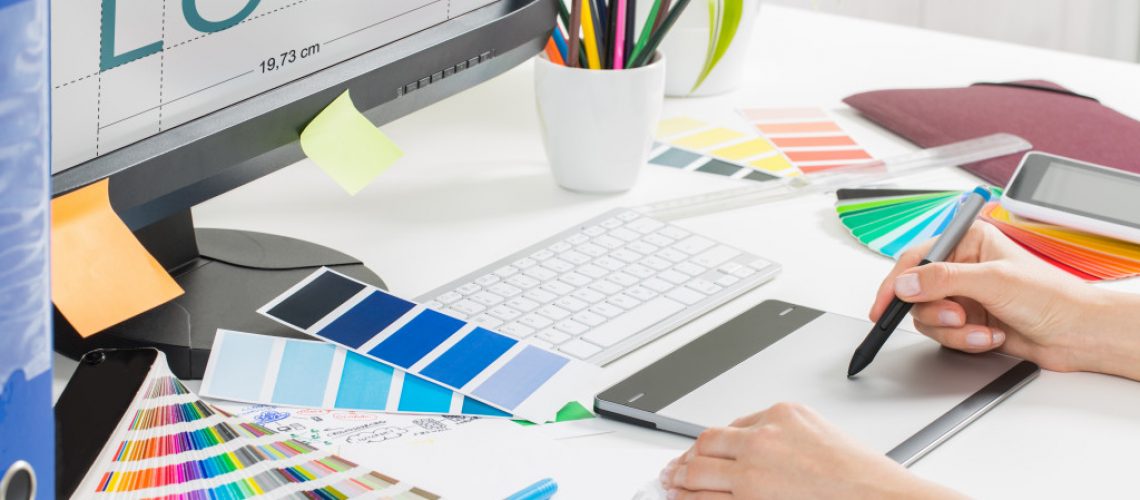Small companies tend to skimp on brand identity, especially when they’re just starting. According to many owners, it is an unnecessary expense and takes up resources better used for other aspects of the venture.
However, neglecting your brand identity will cost you more problems in the long run. Just like general commercial liability insurance and digital marketing, brand identity should be part of your business foundation and set you up for sustainable success.
When Brand Identity is Ignored
Let’s paint a picture of your operations if you don’t have solid branding. So your business is now up and running, but:
- You get more questions than sales. Say, for example, you offer handmade crafts only in this city. But because you didn’t invest in branding, people might mistake you for mass-produced baubles shipped nationwide. As a result, confused customers send inquiries and leave the moment their expectations aren’t met.
- Your audience doesn’t understand your values. Today’s customers prefer brands that hold values similar to theirs. Let’s say you follow eco-friendly practices, but your branding doesn’t reflect it. Potential customers, who prefer sustainable brands, won’t give your shop a second look.
- Your competitors look much more attractive. The crucial thing about branding is that it gives your company a foundation for a great reputation. For instance, your competitors may have the same values as you do and the same dedication to customer services. However, because their branding clearly communicates these values, customers will prefer them.
- Your marketing will be lackluster. Without a clear branding, it will be hard to market your brand.
- Your employees won’t be brand ambassadors. If your workers don’t understand your brand story, they’ll have difficulty explaining the company to their peers. Moreover, good talents will likely pick employers with established branding.
How to Start Your Brand Identity
Branding is important, but that doesn’t mean you have to spend a small fortune on it. In fact, some small companies create their own branding and then hire a professional to refine it once their business is off the ground.
There are many guidelines and step-by-step procedures online, so you won’t be at a loss when you start your branding. Here are a few things to keep in mind:

Do Extensive Market Research
It’s important to research before you create a brand identity. Remember, the goal is to build an identity that resonates with your audience. A business owner must know the target market; what are their likes, dislikes, values, motivations, pain points, and goals?
By understanding your audience, you’ll create an identity that:
- Matches what they like
- Aligns with their motivations and values
- Answers their goals
- Alleviates the pain points
Competitor research is equally important. The identity shouldn’t simply resonate with the customers — it must resonate with the customer in a way that only your business can. An extensive competitor research will reveal:
- How you can answer more goals or alleviate more pain points than a competitor
- What are the successful visual elements (colors, fonts, etc.) in the industry
- What values resonate successfully with the audience.
By compiling information from these types of research, you will create a unique branding.
Invest in Assets
You may do the research on your own. However, it’s recommended that you hire professional designers to create the branding assets. These include:
- The logo. The logo is the difference between a customer checking your shop out and a passerby who ignores your signs. A professionally made logo will grab the attention of customers and leaves a strong impression. It separates you from your competitors; it will be easier for customers to remember you if your logo stands out from the competition.
- Typography subtly communicates your brand personality. Customers will get an idea of your branding simply by looking at the font you use. For instance, brands that use serif typefaces look established and professional, while brands that use sans serif are more modern. Spacing is also key. Monospaced fonts look better for digital, financial, and highly regulated industries. Meanwhile, proportional fonts are a better fit for lifestyle and clothing brands.
- There are generic and free icons that your business can use. However, custom brand icons make your brand stand out from the competition. You can make your brand icons consistent with your logo and typography to reinforce brand recognition. Plus, you’ll use it for endless materials, like:
- Social media pages
- Newsletters
- Packaging
- Presentations
- Media kits
- Pricing guides
- Landing pages
With seamless and solid branding, you’ll experience fewer problems as your business expands. No matter how much your company grows, it’s easier to remain true to your values and offer a consistent brand experience.

